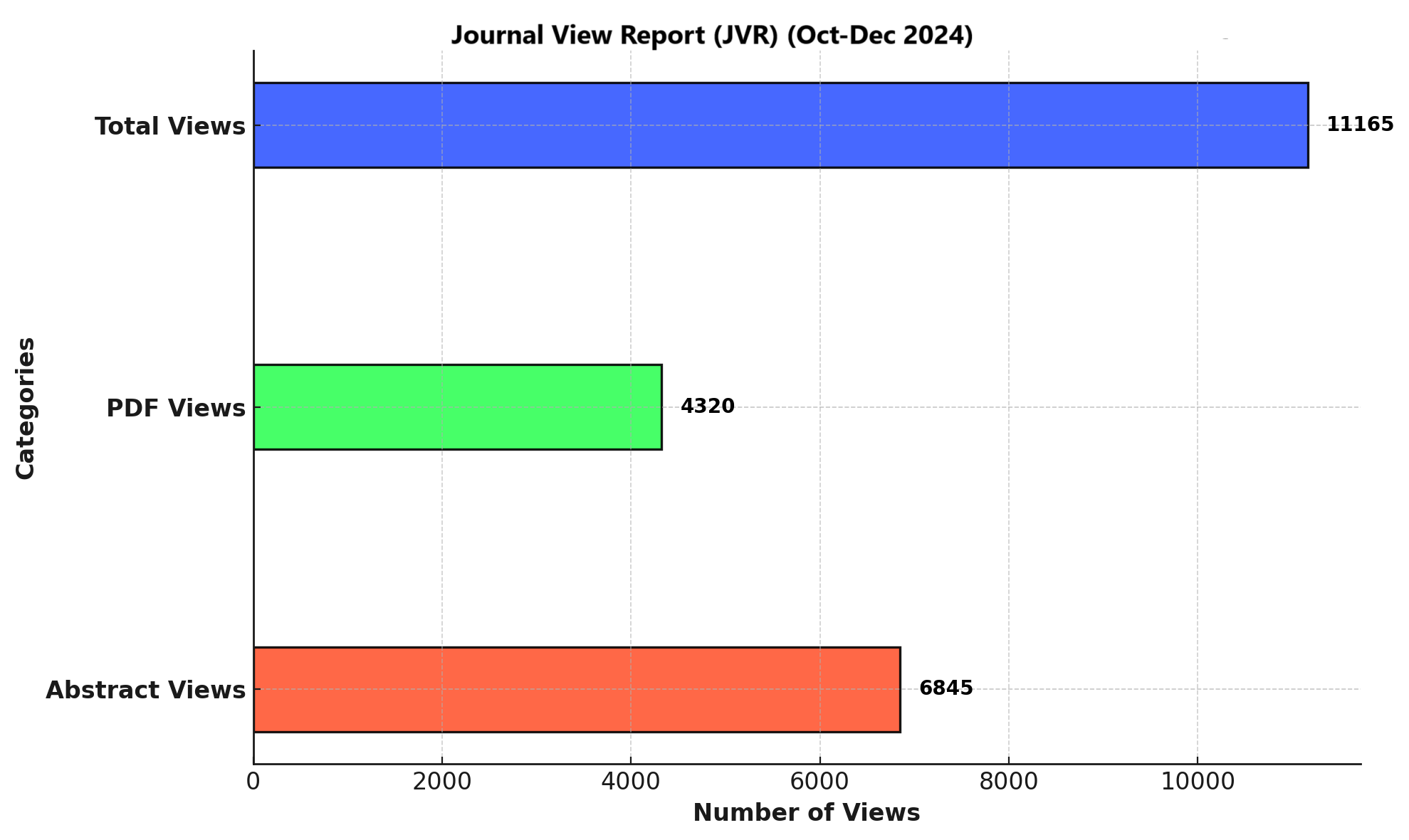COMPARATIVE EFFECTIVENESS OF ELISA, PCR, AND NGS FOR EMERGING INFECTIOUS DISEASES
DOI:
https://doi.org/10.71000/j0c53b14Keywords:
Diagnostic Techniques and Procedures, ELISA, Emerging Infectious Diseases, Metagenomics, , Molecular Diagnostic Techniques, , Next-Generation Sequencing, , Pakistan, Polymerase Chain Reaction, Sensitivity and Specificity, Tertiary Care CentersAbstract
Background: Emerging infectious diseases require rapid and accurate diagnostic tools to guide clinical decision-making and public health interventions. Traditional and molecular diagnostic methods such as ELISA, PCR, and Next-Generation Sequencing (NGS) are commonly used, yet direct comparative data on their effectiveness remain limited.
Objective: To assess and compare the diagnostic accuracy and reliability of ELISA, PCR, and NGS for rapid detection of infectious diseases in a tertiary care setting.
Methods: This diagnostic accuracy study was conducted over eight months (March–October 2024) across three tertiary care hospitals in Punjab, Pakistan. A total of 384 adult patients with clinical suspicion of infectious diseases were enrolled based on inclusion/exclusion criteria. Biological samples were analyzed using ELISA, PCR, and NGS in parallel. Sensitivity, specificity, predictive values, and diagnostic accuracy were calculated for each method using a composite reference standard. Inter-rater agreement was assessed with Cohen’s kappa. Statistical analysis was performed using SPSS version 26.
Results: PCR demonstrated the highest sensitivity (94.8%) and specificity (97.5%), followed by NGS (91.1%, 95.6%) and ELISA (79.2%, 87.8%). PCR also showed the highest diagnostic accuracy (96.1%) and inter-rater reliability (κ = 0.91). NGS identified a higher rate of mixed infections (17.4%) and offered broader pathogen detection. ELISA was fastest in turnaround time (4.8 ± 1.3 hours) but less reliable in early-stage diagnosis.
Conclusion: PCR remains the most effective diagnostic tool for rapid and accurate infectious disease detection. NGS adds value in complex or atypical infections, while ELISA provides quick preliminary results in resource-limited settings. A tiered diagnostic strategy integrating these tools can optimize disease management.
Downloads
Published
Issue
Section
License
Copyright (c) 2025 Zia Ashraf, Muhammad Umair Naseer, Syeda Hina Shah, Salman Shah, Mansoor Ahmer Khan, Iqra Zulfiqar (Author)

This work is licensed under a Creative Commons Attribution-NonCommercial-NoDerivatives 4.0 International License.







